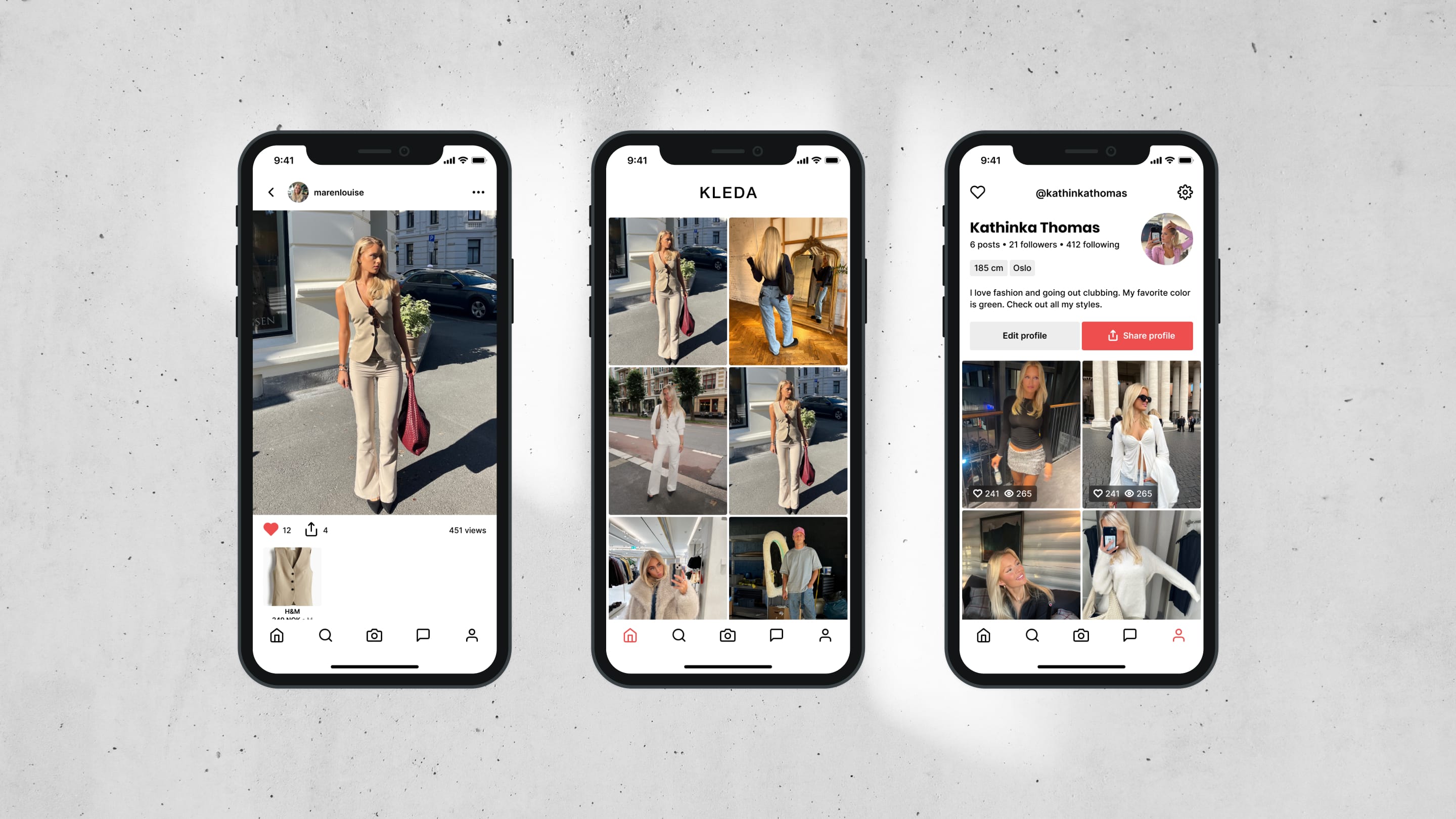
The power of quick feedback loops in design and innovation
Feedback is like a compass for any voyage, a crucial guide that points us in the right direction. It doesn’t matter whether we’re sailing on a smooth sea of brilliant ideas or navigating through the stormy waters of complex challenges, feedback is our lifesaver, and having it promptly is even better.
This is why quick feedback loops have become an indispensable part of product development, design, and innovation. But why are they so important? And how do they foster creativity and enhance the overall process?
Let’s dive into it.
The Beauty of Being Wrong
Yes, you read that correctly. There’s an unexpected elegance in being wrong the first time. It opens up a universe of possibilities and encourages improvement. It’s not about failing, it’s about learning, adjusting, and growing.
“Ever tried. Ever failed. No matter. Try again. Fail again. Fail better.”
Samuel Beckett
But for this process to be effective, we need to know we’re on the wrong path as soon as possible. Enter fast feedback loops. These are mechanisms that allow us to quickly gather insights, process them, and iterate our design or product in response.
Fast Feedback Loops: A Game Changer
Fast feedback loops drastically reduce the time between generating an idea and receiving the critique necessary for improvement. Shortening this gap allows us to implement changes almost in real time, leading to a more dynamic and fluid process that not only benefits the designers but also the end-users and stakeholders.
Think of it as a sprint rather than a marathon. In a sprint, we focus on quick rounds of design, feedback, and iteration instead of long drawn-out phases.
This accelerates the product development process and helps in creating more adaptable, user-friendly, and innovative products.
Benefits of Fast Feedback Loops
- Accelerated Learning: Quick feedback helps us to learn faster, adjust our approaches, and make more informed decisions. This knowledge helps to prevent potential missteps, saving time, resources, and sanity. This is how machine learning and AI works.
- Innovation Catalyst: With prompt feedback, we can quickly discard what isn’t working and focus on what does. This often leads to surprising results and paves the way for innovative solutions.
- Enhanced Collaboration: Regular feedback creates a more interactive and collaborative environment. It involves customers, stakeholders, and users in the design process, making them feel valued and heard.
- Risk Mitigation: By obtaining feedback frequently, we can spot potential problems early on and tackle them before they escalate, minimizing the overall risk.
- Customer Satisfaction: Fast feedback loops ensure that the product or design is evolving in line with the customer’s needs, leading to higher satisfaction rates.
Bringing Feedback to the Forefront
Feedback is crucial from all corners: users, stakeholders and customers. Each perspective provides unique insights and considerations.
Users can tell you how the product fits into their daily life.
Customers can provide insight into how much value your product adds to them.
Stakeholders can share strategic advice and broader market trends.
Gathering these diverse points of view helps to create a well-rounded product that appeals to all.
At the end of the day, design and innovation is all about serving the user’s needs. As designers, we are not just crafting a product but a complete experience. Quick feedback loops play a critical role in ensuring we’re not just doing things right, but we’re doing the right things.
Embracing the power of fast feedback loops can be the key to unlocking your product’s full potential. It keeps you agile, relevant, and one step ahead in this ever-evolving world of design and innovation.
So, don’t be afraid of getting it wrong the first time; rather, get excited about the journey of continuous learning and improving.
Remember, in the world of design and innovation, feedback isn’t just a one-time thing; it’s a loop. And the faster it loops, the better!
There is a reason the logotype for Glauser Creative looks like it does.
Also read Quick iterations and why you shouldn’t start polishing too early


